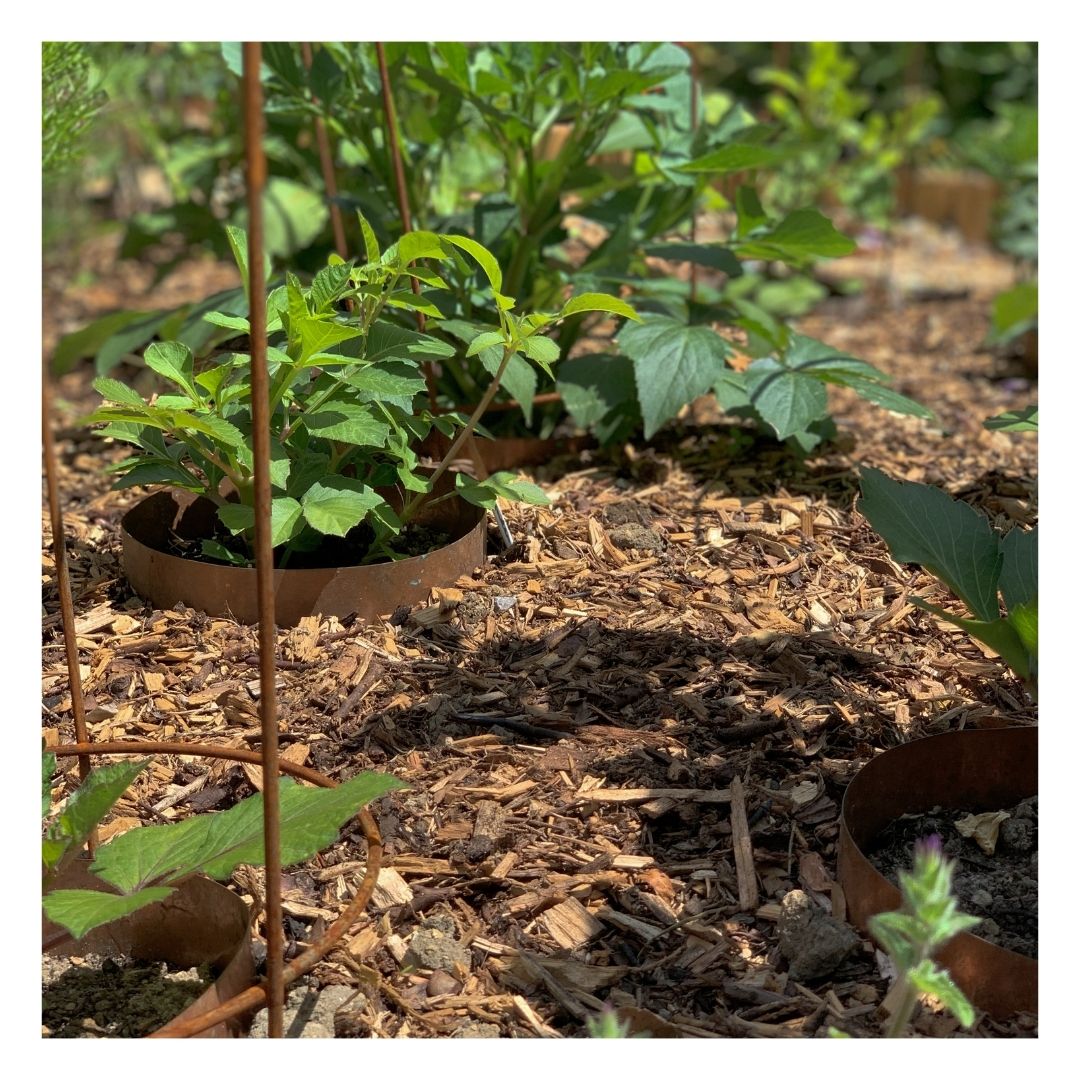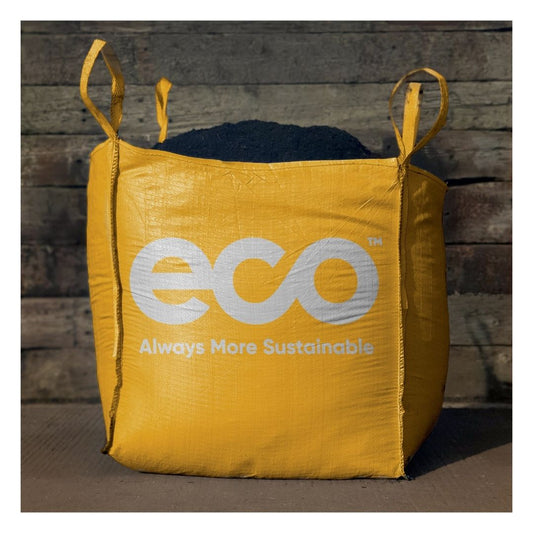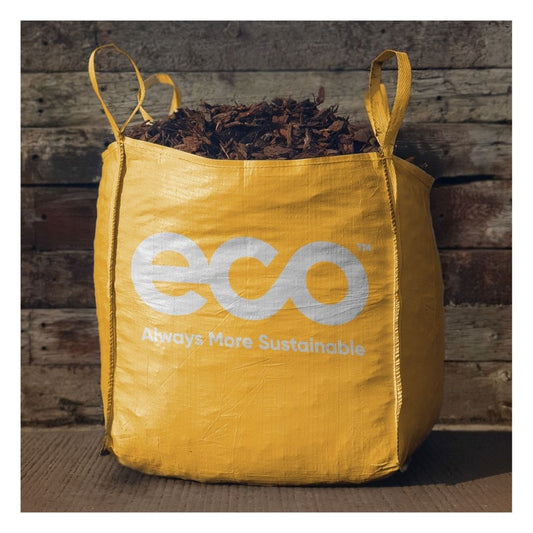Managed Chaos: Creating A Natural Looking Environment
A growing trend in landscaping is producing a space that looks natural, well established and almost untouched by human hands but still with an aspect of civilization and care; a place that’s a little piece of your own wilderness and tranquillity. However, one of the most intriguing things about the natural environment is its chaos. There are no straight lines in nature; trees don’t grow in neat rows, ponds don’t form in perfect circles and there are no perfect paths through the wilderness. So how do you build a natural looking space? How do you harness your own little piece of the wilderness without it looking too… manmade? One of the most important things to bear in mind is time. Nature takes its sweet time. When it comes to developing an environment that is a controlled degree of chaos, you’re not going to be able to achieve overnight results.
1. Plan
The first part of creating chaos is to plan. At first, this may seem counter intuitive; nature isn’t planned, why should you plan? In a past blog of ours we outline why planning is crucial for every landscaping project and creating chaos is no exception. Whether you’re creating chaos on a grand scale of a corporate building or in a small section of a client’s garden, it’s important to thoroughly think everything through. An ad-hoc approach is immediately noticeable and aspects of the landscape will stick out like a sore (green) thumb.
2. Study & Copy
Study the natural environments that you’re attempting to emulate and understand how they came to exist. How does water naturally flow through the environment? Where does the sun fall through the middle of the day? This is where you begin to understand your environment and what makes it tick. Are there any wildlife considerations? Establish a list of the locally occurring plant life (or to areas that you’re emulating), common plant groupings and similar plants. Understand the construction of the local ecosystem and attempt to recreate aspects that resonate with the plan you have laid out for your landscape.
3. Don’t Try To Be Random
One of the most difficult parts about creating a natural looking environment is trying to recreate the randomness that is inherent in nature. Creating plant arrangements, paths and streams are just a few of the aspects that are easily made, but difficult to make look natural. Humans naturally follow patterns, we simply can’t help it. Take your previous research of how natural environments look when fully established and begin to emulate it, introducing as much randomness as possible.
4. Make Mistakes
Part of introducing randomness into your landscape is allowing mistakes to happen. Trying to generate randomness very rarely ends with random looking results, but allowing mistakes to happen can be a great way of introducing random variation. Not all plants grow straight upward. Not all bushes are perfectly straight and pruned. Not all flower beds perfectly alternate in species. Let mistakes happen as nature is not perfect.
5. Have Patience
As mentioned at the start of this article, growing a natural looking environment takes time. Like planting saplings, growing plants or even laying turf, they take patience and care before they begin to look like natural, established parts of nature. This can be difficult with a client that wants instant results. Take a portfolio of past work and how the landscape has matured to help the client visualise how the landscape will look after a few growing seasons. Whilst landscapes take time to develop, they develop faster with quality compost and soil.
Shop Eco Top Sellers
-
Eco Woodland Garden Mulch
Regular price £126.95 GBPRegular priceUnit price per -
Eco Organic Compost: Beds & Borders
Regular price £126.95 GBPRegular priceUnit price per -
Eco Mulch: Soil Improving Mulch
Regular price £121.95 GBPRegular priceUnit price per -
Eco Bark Nuggets
Regular price £196.95 GBPRegular priceUnit price per













